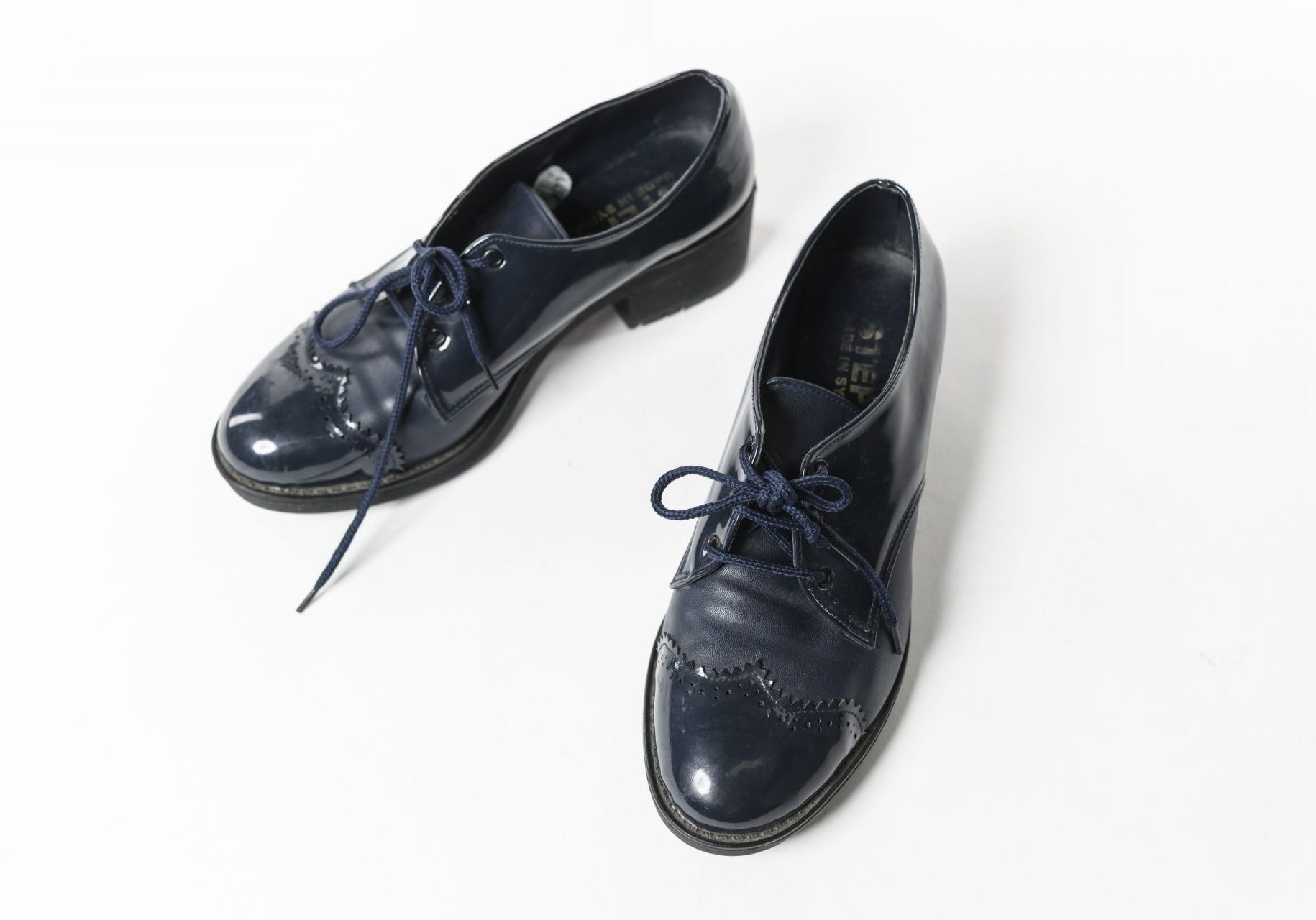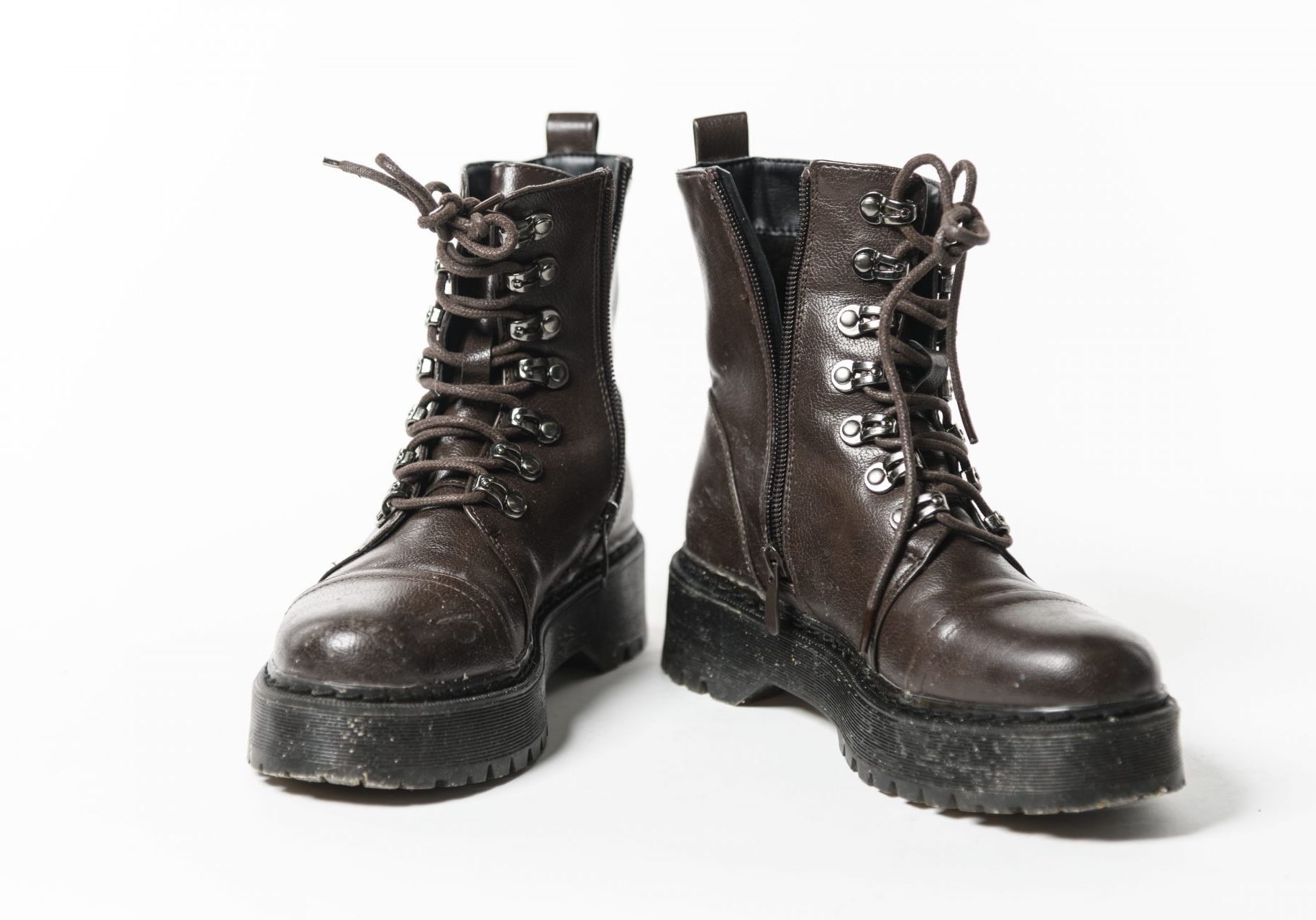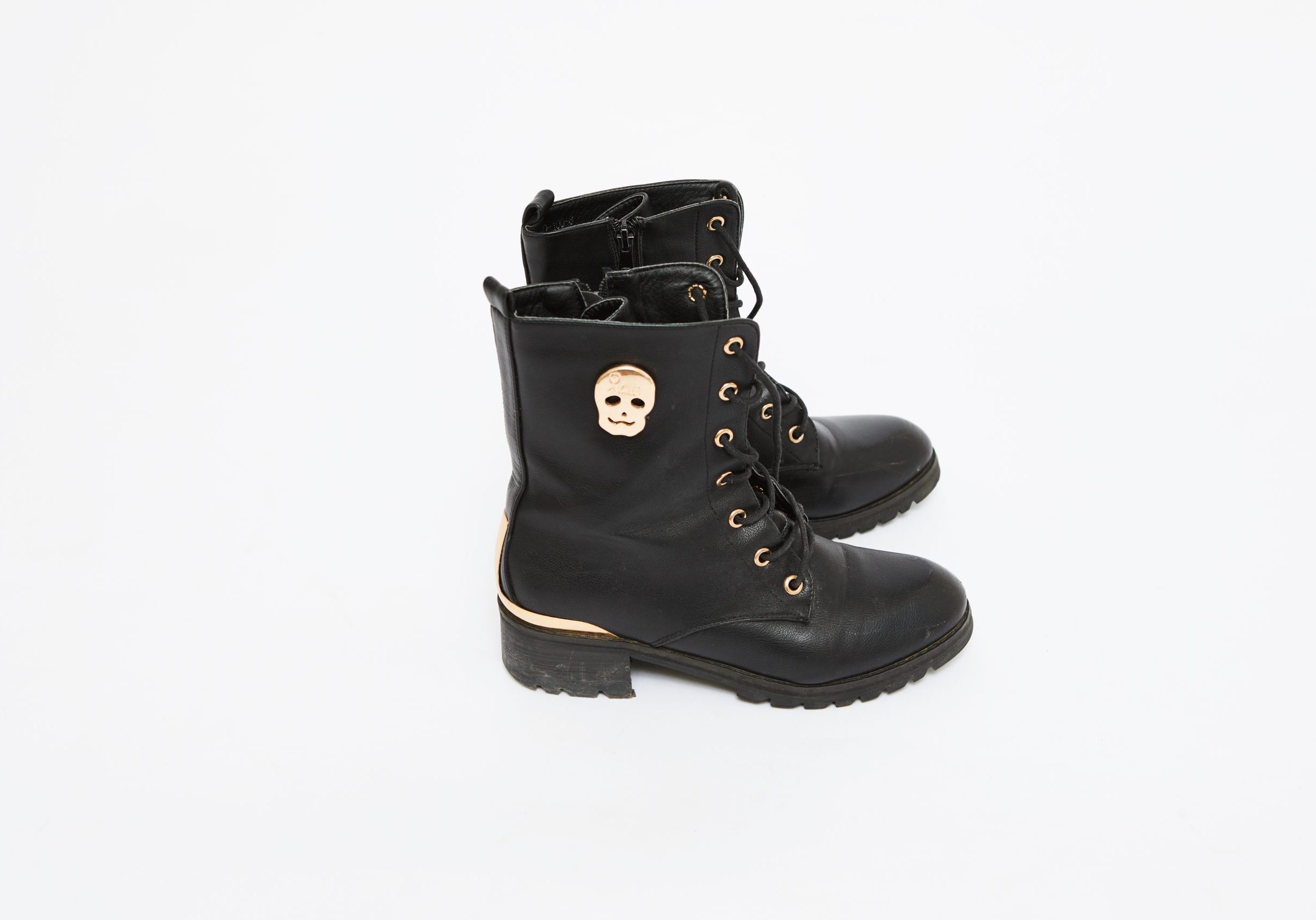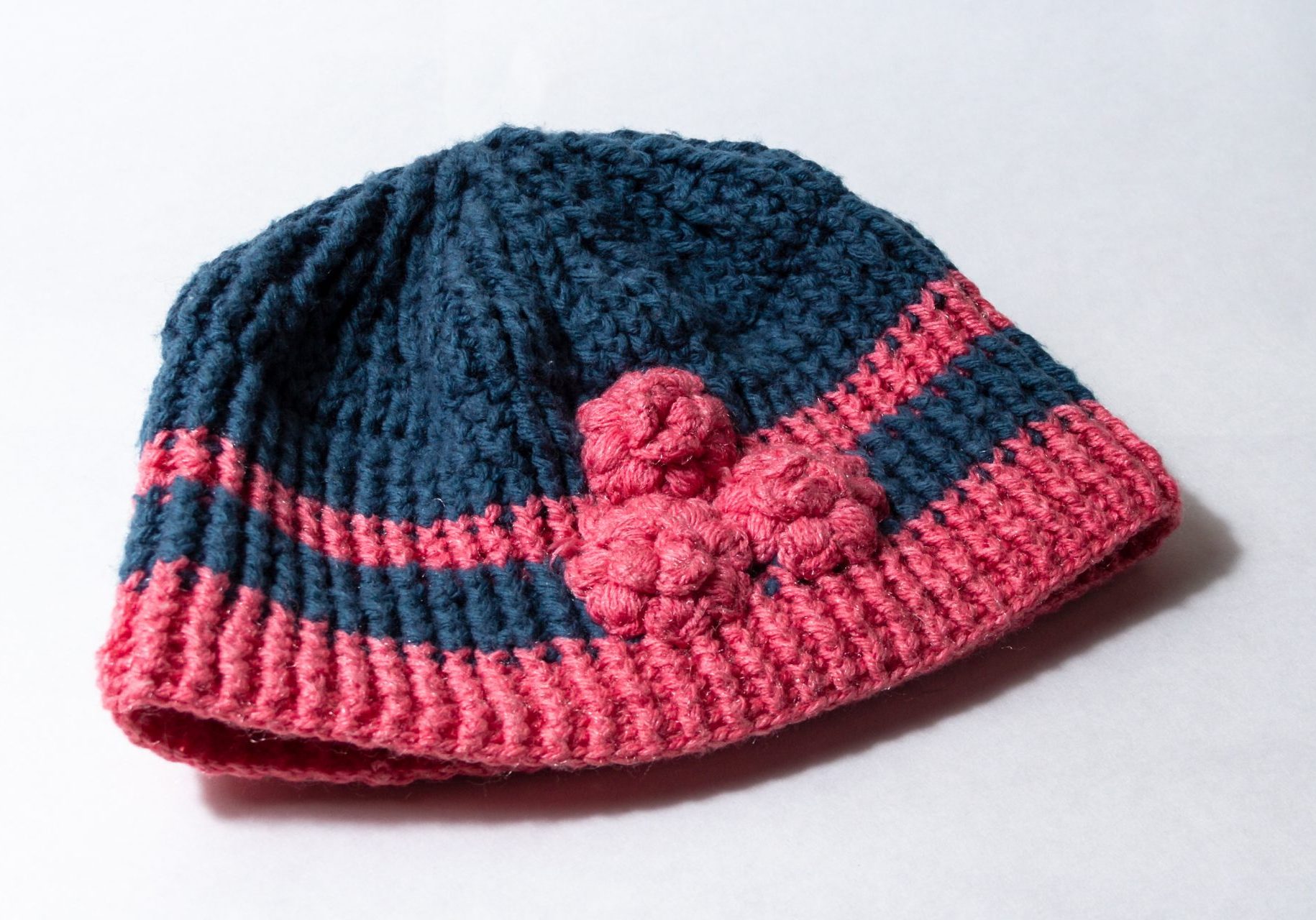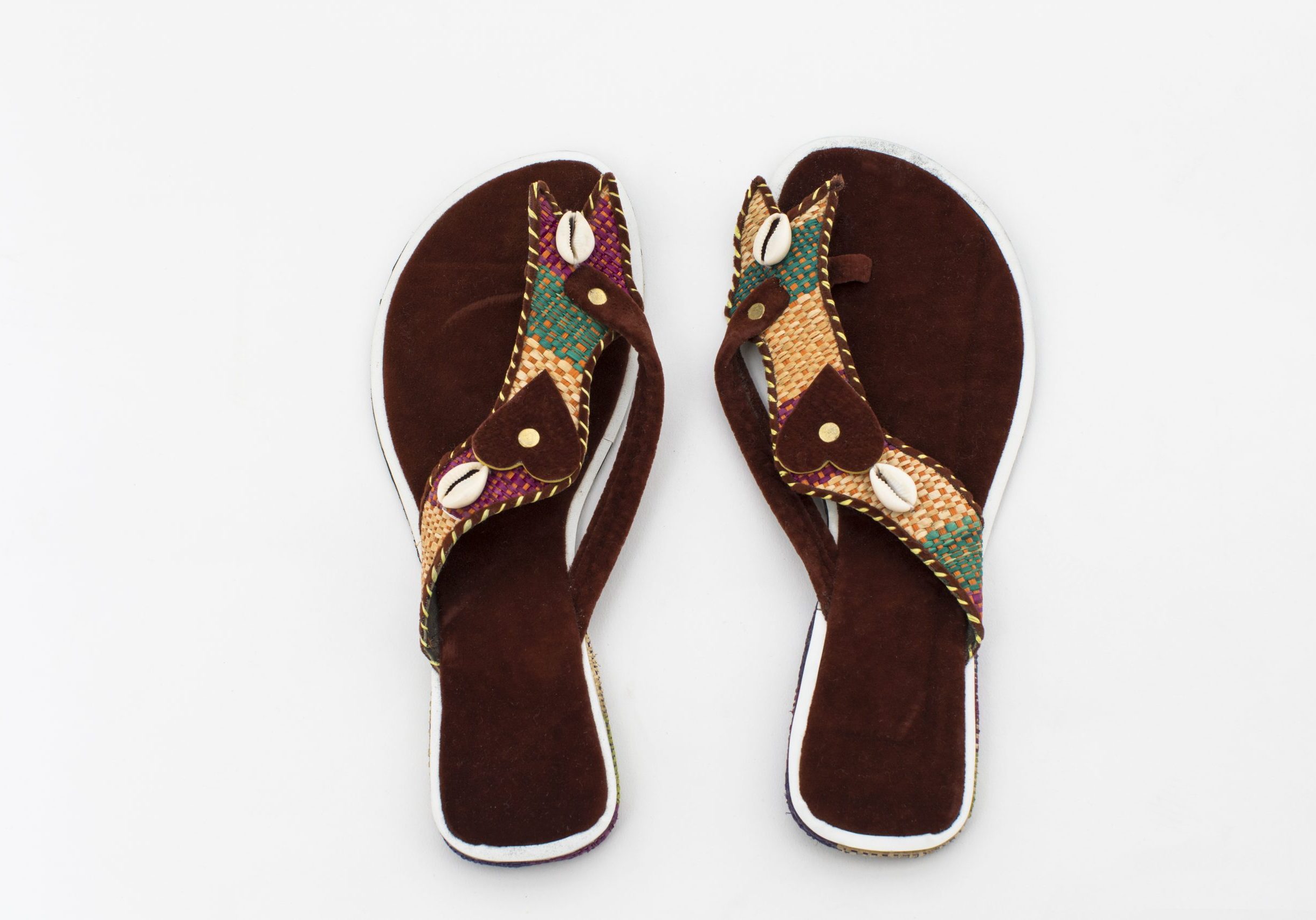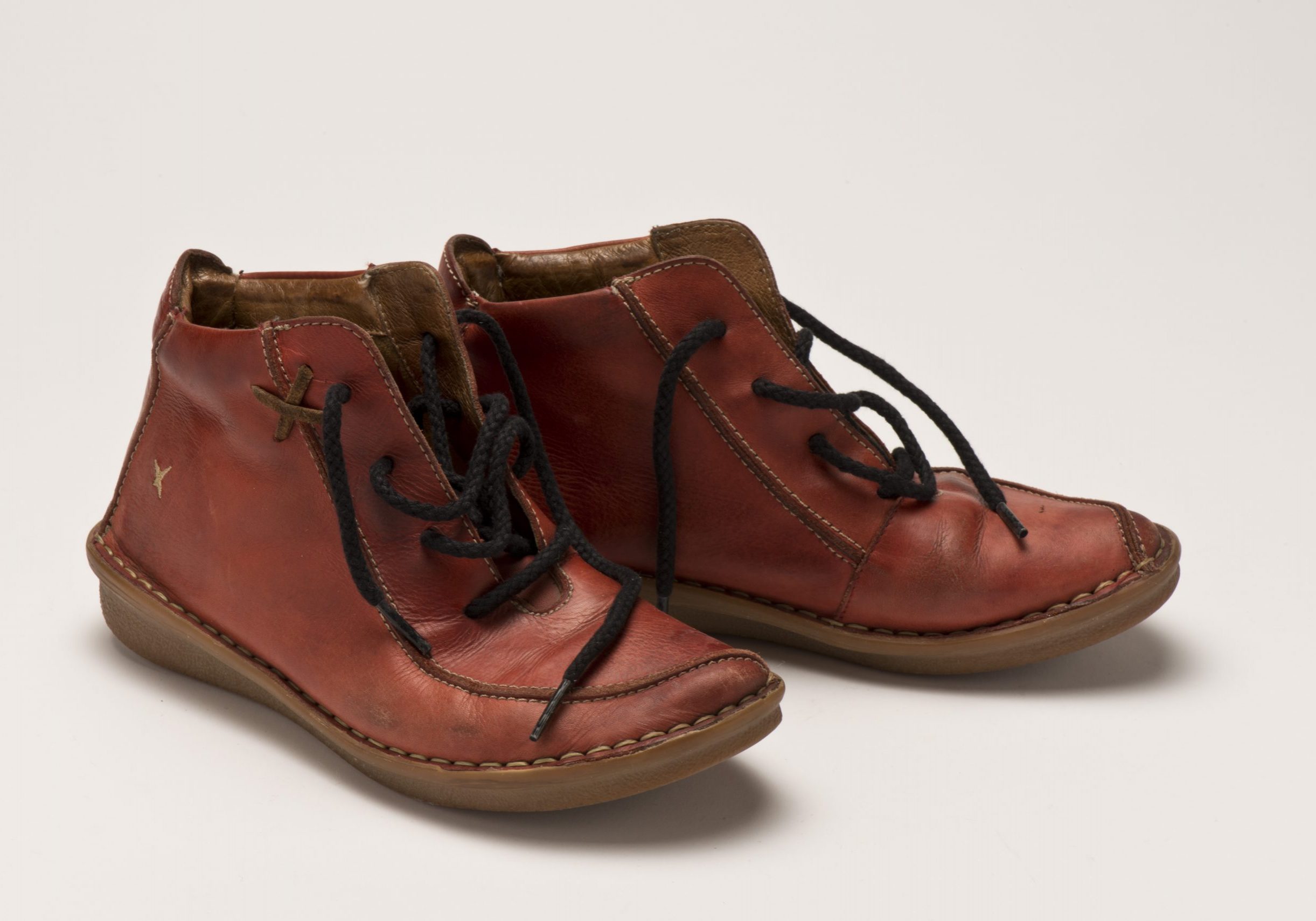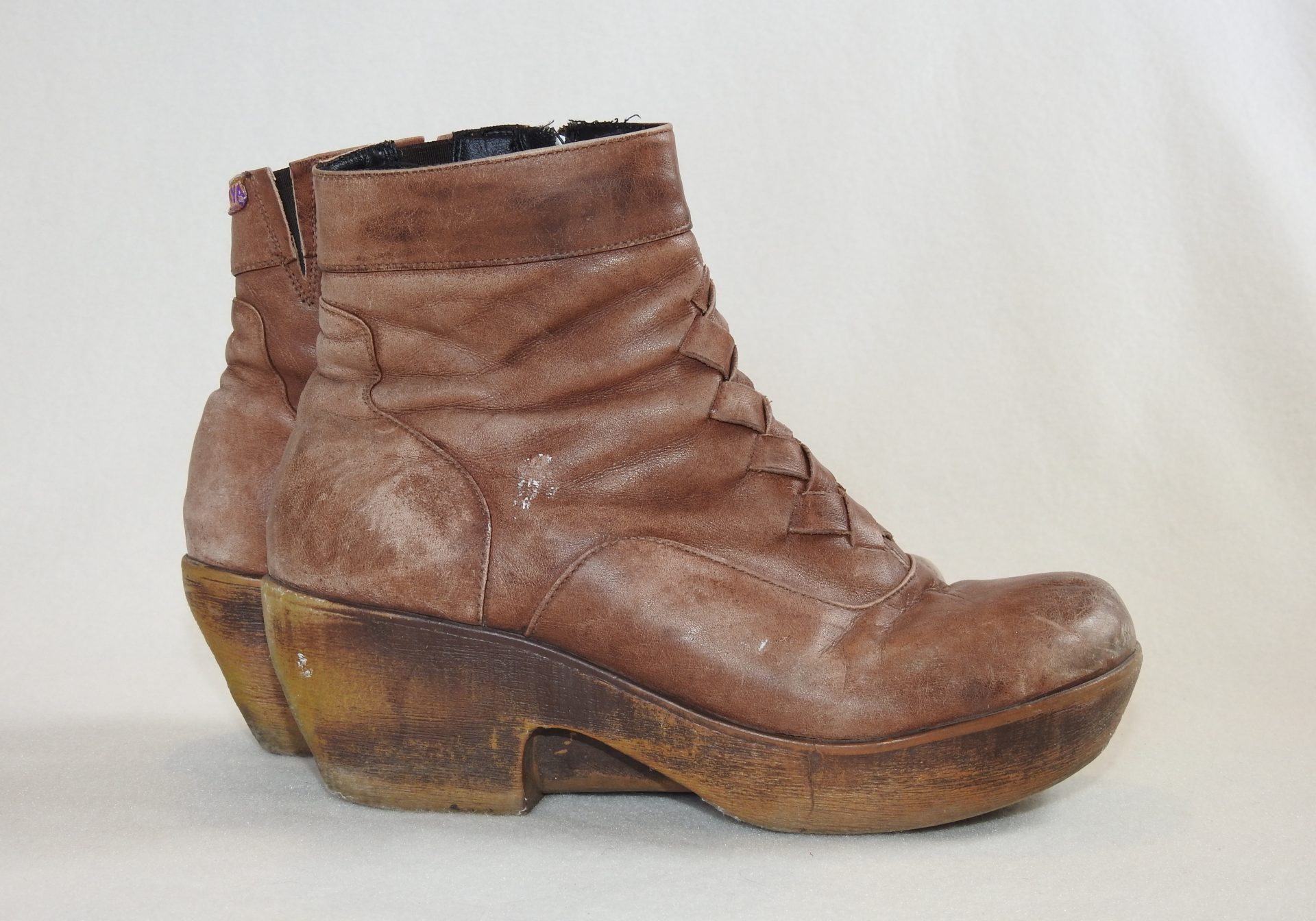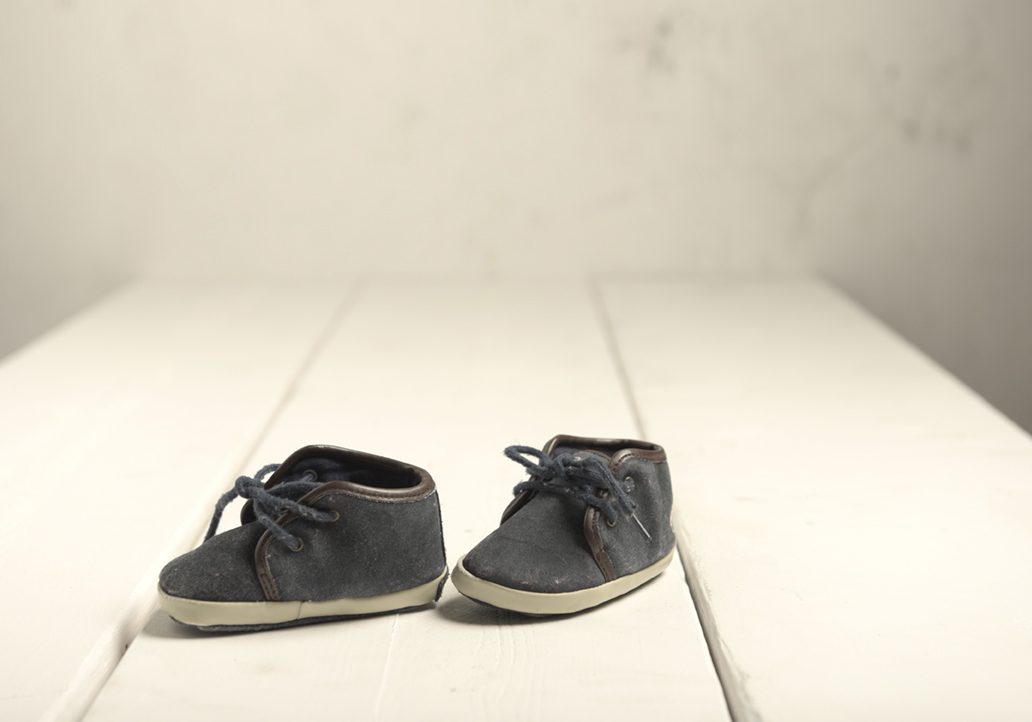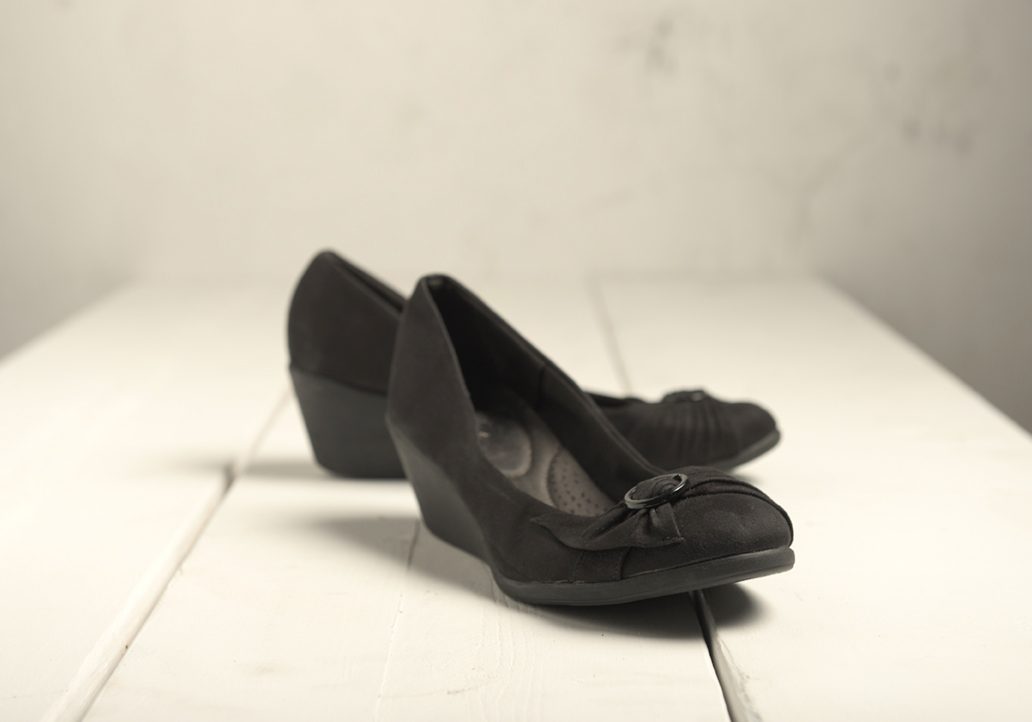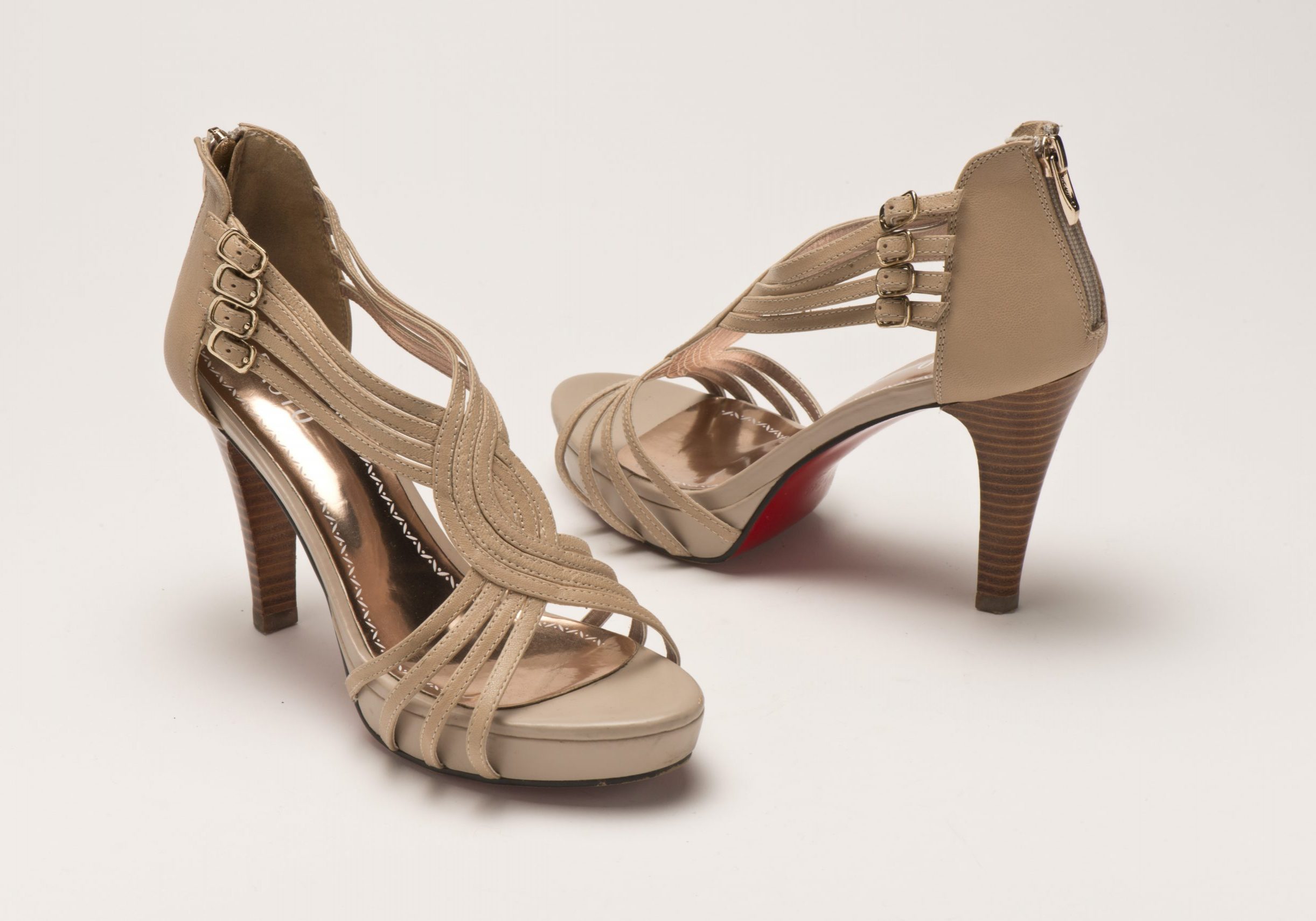My Wedding Shoes
Khujesta Sadri (+Video)
Summary:
Rarely do most girls in Afghanistan achieve their dreams. Most of them are not allowed to choose and fall in love with a Prince Charming. However, as an Afghan woman in Toronto, I managed to become Cinderella and find the man of my dreams. I even received a lovely pair of shoes from him. I wore them on my wedding day to remind me of the many women at home in Afghanistan for whom home is a jail. At least, my shoes with their embroidered symbols tell one woman’s story.
Story:
My Cinderella dream came true on my wedding day: December 28, 2013. Entering the ballroom, I was wearing my paizars—traditional, flat sandals made by an Afghan woman.
To represent my culture in Canada, I ordered a traditional dress. My mother-in-law in Afghanistan sent it to me. Elegantly decorated with mirrors and embroidery, it came with trousers, a headscarf, and an adjustable silver belt. Tucked into the package was a surprise from my prince: a pair of beautiful, multicoloured paizars.
The leather soles had been cut out and sewn on meticulously. Each stitch indicates embroidery techniques passed down from mother to daughter. The creator of my shoes was among those Afghan women who are forbidden to work outside their home in the presence of men. However, they sew and weave in the country’s various NGO-operated cooperatives designed to employ such women.
During the Taliban regime, women could wear only black shoes—never white, as it was the same colour as the Taliban flag. Wearing white shoes meant stepping on the flag. Luckily, the woman who made my shoes was not stingy when it came to using colour: threads of pink-purple, green, white and yellow cotton.
Examining my new paizars, I wondered about the size because such handmade shoes do not correspond to a universal standard. I remember having to try on several pairs at bazaars back home until I found exactly the right size. How did my mother-in-law know that these would fit me perfectly?
Like other hand-sewn items in my homeland, my wedding shoes incorporate the individual artisan’s unique life story through symbols. Each part of the design illustrates the ups and downs of her life. Like the woman herself, the vertical middle strip on the top cannot move. At the toe end is her family; at the other end are her dreams. Whenever she wants to escape, boundaries block her way, silencing her and hiding her. However, the woman who made my wedding shoes does not know that these shoes travelled to Canada to be worn by a fellow Afghan woman who recognizes her skills and understands her frustration. She doesn’t know that the world will see her skills at the Bata Shoe Museum.
Earlier, I had debated with my mother over whether I should add some height by wearing high-heeled sandals with Swarovski crystals. But I opted for the paizars. Slipping into them with their elfin tips, I knew that I had made the right decision. Although I wouldn’t be tall, I would be me. I’d be representing my ancestral land where I used to pick apples and pomegranates, the land where I had lived for most of my life—but also the land that imprisons women, preventing them from developing their skills and pursuing their dreams.
Before leaving my parent’s home, I couldn’t help but think about the many other Afghan women who were married at the age of twelve instead of twenty-four. However, my story is entirely different. It is one of love—a taboo subject in Afghan culture even though our literature is filled with love poems. Falling in love and selecting one’s own life partner could be a death sentence if the choice violates a family’s honour.
As I walked next to the man I had chosen for myself, I thought about all those young Afghan girls who are married against their will at a tender age when they should still be playing with their dolls. On that special day, I felt like Cinderella, walking in my paizars and carrying thousands of messages from hidden Afghan women.
KHUJESTA SADRI is from Afghanistan. She arrived in Canada in 2012 and completed her Political Science degree at York University. She is the mother of two handsome sons.
Watch the Performance
Read Other Stories from this Author
Lost Shoes of a War
A warlord and his followers attack Mazar-i-Sharif in Northern Afghanistan. Khujesta Sadri and her family take refuge in her...
Pinky
Khujesta Sadri is working on her thesis in Bishkek’s library when the email comes. She must leave immediately to join...
Teeny Toes
In Afghan culture, the birth of a son is crucial because the son will take care of his parents in their old age. Khujesta Sadri...
